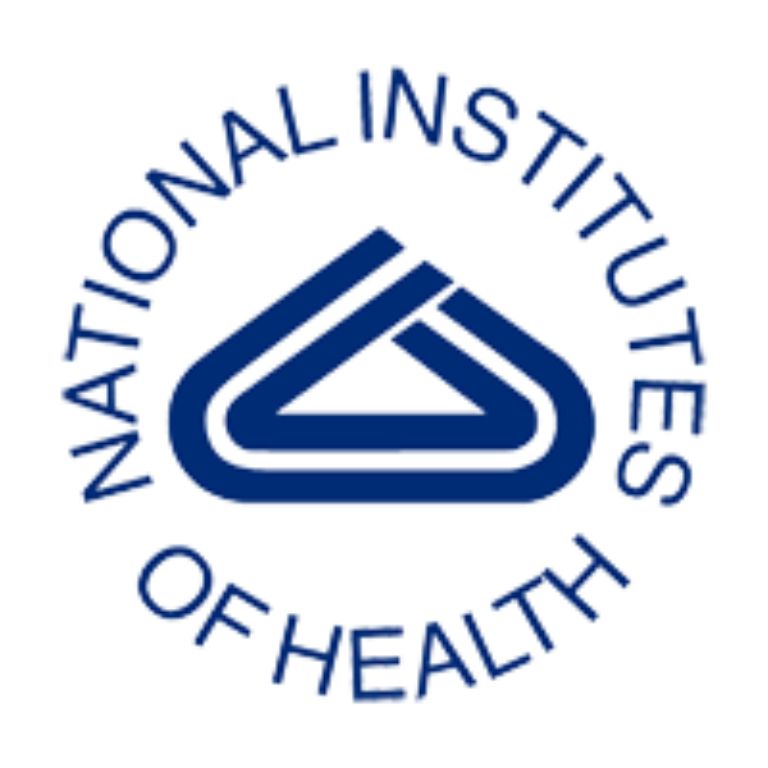



The Hunter College/CTBR Bioinformatics resources is located on the 4th floor of the Belfer Research Building at 69th Street and York Ave. The facility affords access to researchers and faculty, a high-performance computer cluster with a large range of bioinformatics software and data analysis pipelines. The facility provides cutting-edge bioinformatics technology for translational and basic research on health disparities. We also host a web-accessible bioinformatics platform based on Galaxy, (http://galaxy.hunter.cuny.edu:8080) to support genomic sequencing analysis.
Additionally, the facility offers Illumina Sequencing using the Illumina MiSeq sequencing platform and Nanopore sequencing using Oxford Nanopore MinIon sequencer. Both these instruments are capable of sequencing entire complement of DNA, or genome, of many animal, plant, and microbial species for basic biological and medical research. A detailed description of our services and available equipment is given below
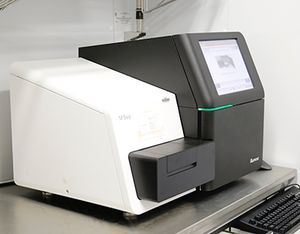
Allows narrowly focused applications such as targeted gene sequencing, metagenetics, metagenomics, small genome and transcriptome sequencing, targeted gene expression, and amplicon sequencing.

Nanopore(real-time sequencing):
MinIon portable sequencer: provides a rapid and portable, real-time sequencing platform that includes sequencing of full length transcripts with long reads, haplotype sequencing, metagenomic and 16S sequencing.
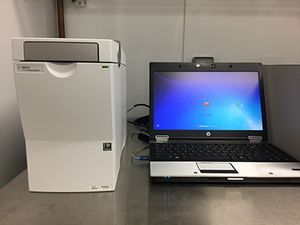
The Agilent 2100 Bioanalyzer is a microfluidics-based platform that provides sizing, quantitation and quality control of DNA, RNA, proteins and cells on a single platform
Two assay principles - electrophoresis and flow cytometry
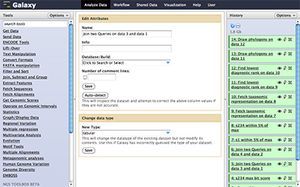
We are running an installation of Galaxy. a web based platform for data intensive BioMedical research
http://galaxy.hunter.cuny.edu:8080
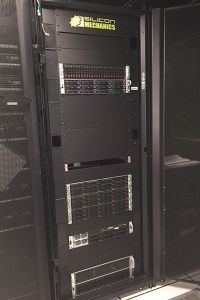
The high performance computing cluster provides 800 CPU cores, 3TB of high-speed RAM, a GPU Node for Visualizations,1 Galaxy Node,1 Docker Node for Virtualization, and 750 Terabytes of Scalable Storage. The system is managed and monitored with Bright Cluster Manager. SLURM is used for job scheduling. Installed software includes, Visual Omics Explorer (in-house developed Bioinformatics software)and, Blast2GO a Bioinformatics platform for high-quality functional annotation and analysis of genomic datasets. The cluster also hosts a Docker node for virtualization.
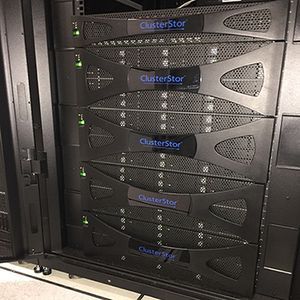
ClusterStor 1500 solutions feature scale-out storage building blocks, the Lustre® parallel filesystem and a comprehensive management platform. The ClusterStor system provides TB's of ultra high speed data storage
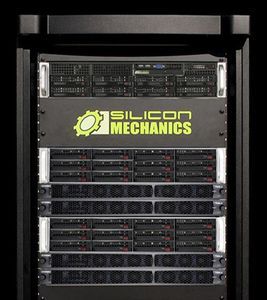
The Belfer E-box provides storage for data backup and project archiving.
SLURM, Work Load Manager
Jobs must be submitted to the cluster using Using SLURM, our job management platform. Vitual environments can be loaded using Conda our package manager. Once you activate your environment and you are sure your application is available, you can simply request srun or sbatch. Follow these steps to use SLURM
Get a compute node assigned to you:
| [username@ctbr-cluster-hn1 env ]$ salloc salloc: Granted job allocation 48 |
Salloc requests resources form the cluster. The number 48 in the example above is the allocation n er provided to you. You can submit jobs directly to your allocation or run a batch script. Submitting a job using the command SRUN that will make use of the resources allocated. For this example we will use Bowtie2.
| srun bowtie2 -x Bowtie_2/hg38 -1 RNAseq_sample_dat6a/adrenal_1.fastq -2 RNAseq_sample_data/adrenal_2.fastq -S alignment.sam
srun = Directs the job to the compute node assigned by salloc. |
A guide on using conda and SLURM can be obtained by clicking here
The Bioinformatics and Sequencing Resources is supported by a Research Centers in Minority Institutions Program grant from the National Institute on Minority Health and Health Disparities (MD007599) of the National Institutes of Health.
